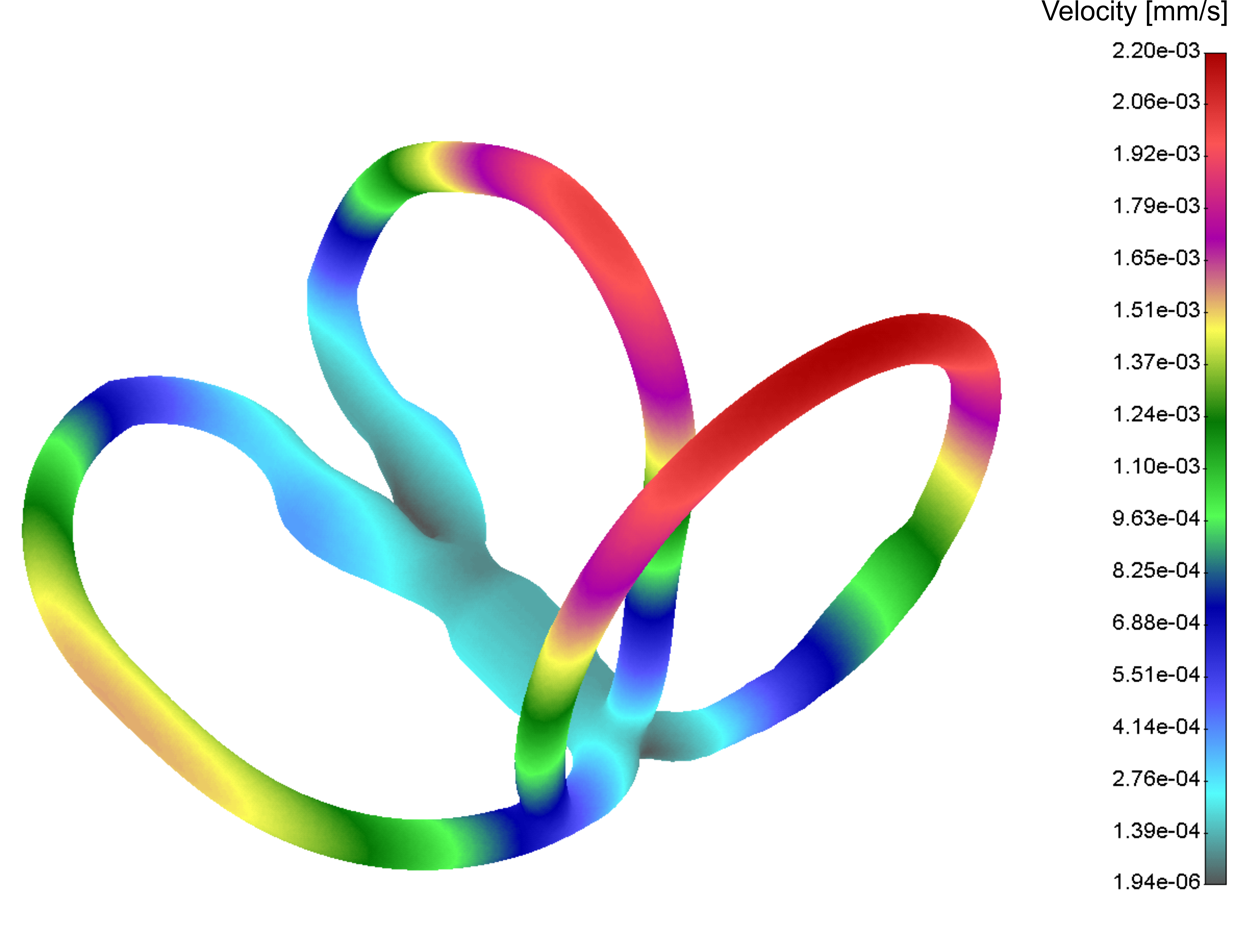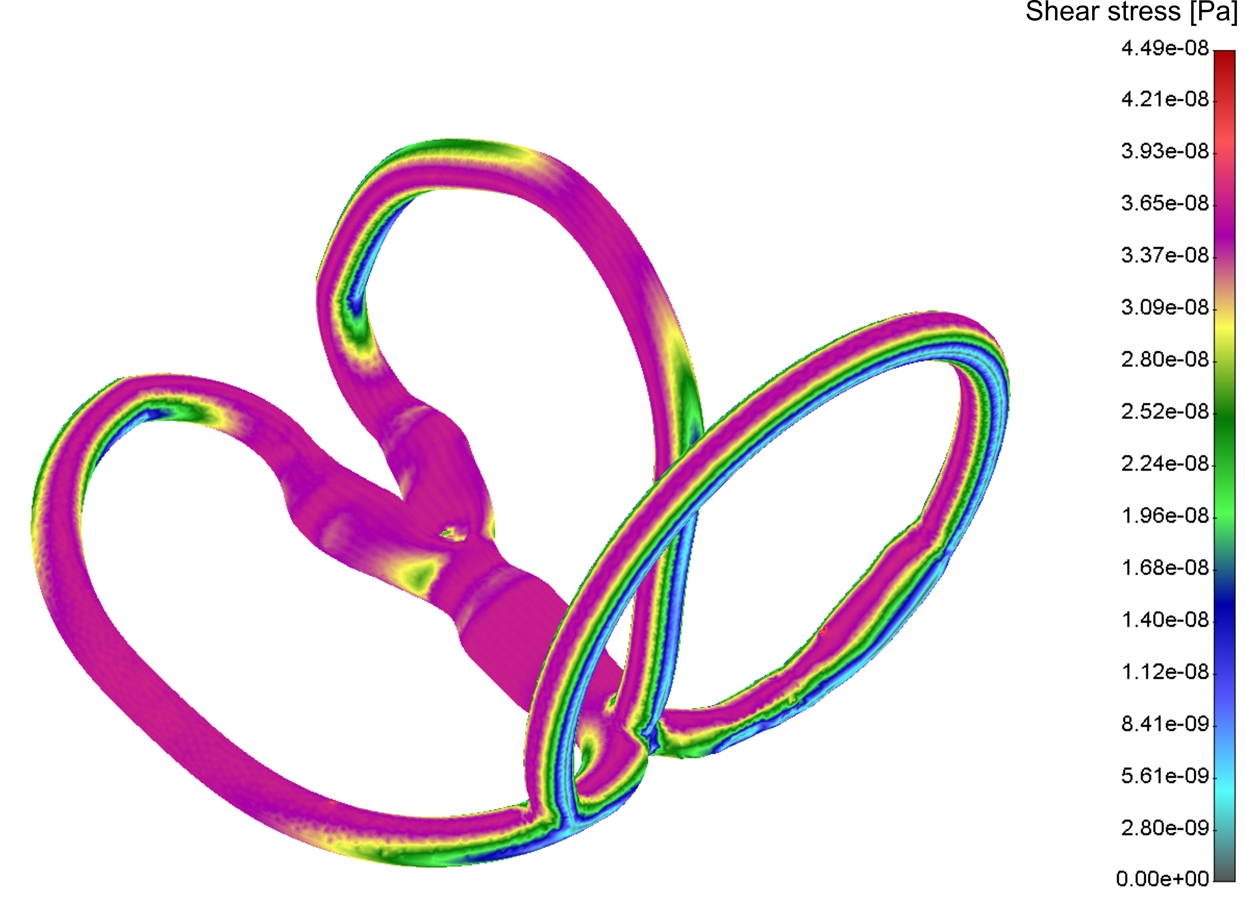Project:
EMBalance
Human balance is achieved and maintained by a complex set of sensorimotor systems that include sensory input from vision, proprioception and the vestibular system (motion, equilibrium, spatial orientation); integration of the sensory input; and motor output to the muscles of the eye and body. Failure at the level of the sensory inputs or at the integration of the sensory information by the central nervous system may lead to a variety of age spanning diseases which affect balance. This complexity leads to undiagnosed or under-treated patients with balance disorders for long periods and results in large socio-economic costs.
The EMBalance project aims to extend existing but generic and currently uncoupled balance modelling activities leading to a multi-scale and patient-specific balance Hypermodel, which will be incorporated to a Decision Support System, towards the early diagnosis, prediction and the efficient treatment planning of balance disorders. Various data will feed the intelligent system increasing the dimensionality and personalization of the system. Human Computer Interaction techniques will be utilized in order to develop the required interfaces in a user-intuitive and efficient way, while interoperable web-services will enhance the accessibility and acceptance of the system. The vision extends to the experimental and clinical validation of the project outcomes with existing and newly acquired data (by conducting small scale clinical trials), and includes showcases in balance disorders diagnosis, prediction, treatment and follow-up in normal and micro-gravity environments.
The final outcome will be a powerful web-based platform provided to primary and secondary care physicians across specialties, levels of training and geographical boundaries, targeting wider clinical acceptance as well as the increased confidence in the developed DSS towards the early diagnostic evaluation, behaviour prediction and effective management planning of balance problems.
EMBalance - PAK - Theoretical Background
Download Setup Embalance CAD.zip
| Modeling of semicircular canal |
 |
|
|

